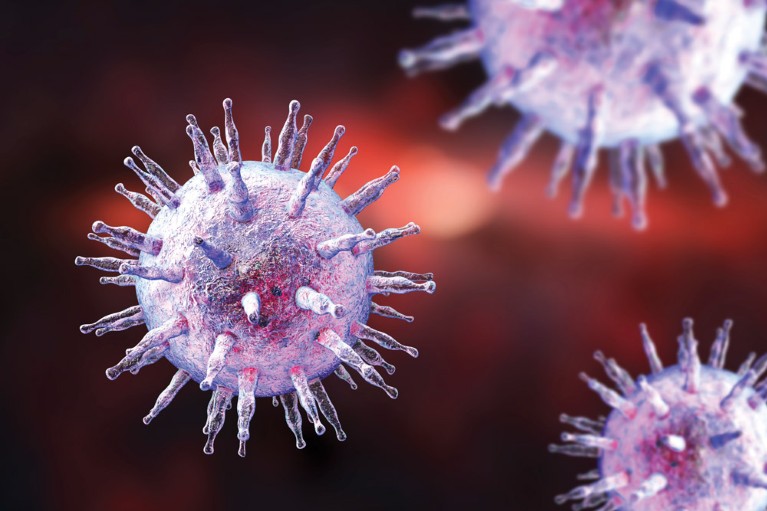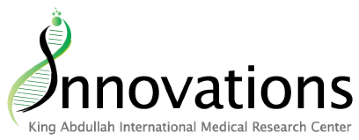
KATERYNA KON/SPL/ GETTY IMAGES
Patients who receive solid organ transplants have a substantially increased risk of developing cancer due to exposure to tumour-producing viral infections while their immune system is suppressed. But, studies have both supported and refuted the effectiveness of antiviral prophylaxis in transplant recipients.
Mona Aldabbagh, at King Abdulaziz Medical City in Jeddah, and colleagues in Canada carried out an extensive review of the published literature to determine whether systematic antiviral administration reduces the incidence of Epstein Barr virus (EBV)-associated post-transplant lymphoproliferative disease (PTLD).
They found no significant reduction in the incidence of EBV-associated PTLD among transplant recipients that receivedprophylaxis compared with those who didn’t, regardless of age, type of antiviral used, length of treatment and type of organ transplanted.
Aldabbagh was not surprised by the findings. “Data in the literature were very controversial. Conducting a systematicreview was needed to resolve the confusion,” she says.
EBV is a very common virus, affecting about nine in every ten adults. Although it causes no long-term problems for the vast majority of people with a healthy immune system, it is associated with 1.2% of PTLD cases in adults and up to 8.4% in children. This is mainly due to the transmission of EBV from the organ of a previously exposed donor to a recipient that has never been infected with the virus. In these cases, the patients are considered to be at high-risk for EBV infection and developing PTLD, and should be closely monitored post-transplantation.
EBV-associated PTLD can progress to non-Hodgkin’s lymphoma and may be fatal.
The findings, published in the American Journal of Transplantation, suggest that the routine use of antiviral prophylaxis is ineffective, highlighting the need for further research into better preventive and treatment strategies.
The authors say PTLD could be prevented more effectively by monitoring EBV viral load in transplant recipients. This will help determine the need to initiate anticancer therapy and reduce immunosuppression if viral activation is detected. They also point out that reducing the systematic use of prophylactic antivirals will contribute to reducing drug-related toxicities (as well as healthcare costs).
An EBV vaccine is eagerly awaited as Cancer Research UK estimates it could prevent 200,000 new cancers worldwide annually. Several EBV vaccines have entered clinical trials in transplant recipients, but none has been sufficiently studied to establish safety and efficacy.


